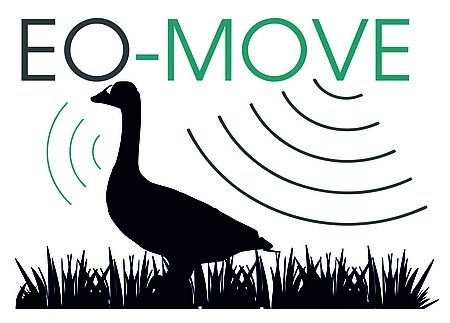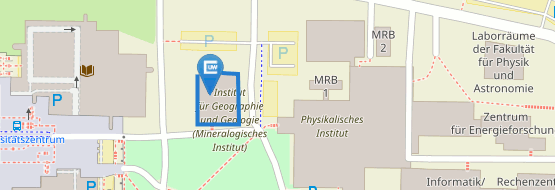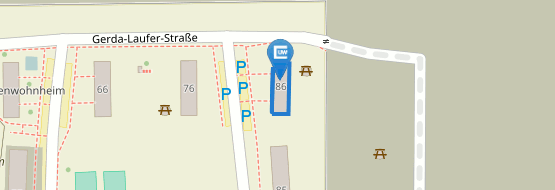Opt4Environment

The aim of the Opt4Environment project is to assess the feasibility of remote sensing based applications for environmental monitoring for two specific use cases: the sustainable habitat monitoring and the explaination of storch movement patterns.
One part of the project is to analyse the change dynamic of Flora-Fauna Habitats of Natura 2000. How much are climate change and anthropogenic influences disturbing habitat types and how can non-sustainable developments be observed in early stages. Focussing on these issues, methods for stress monitoring will be examined and developed. Spectrally high resoluted data from the upcoming hyperspectral EnMAP (Germany) and multispectral Sentinel-2 and 3 (ESA) are planned to be useed. The frequent revisit time of Sentinel-2A and 2B allow a repetition of 5 days. Data fusion with the EnMAP data of lower frequency will be analysed for an enhanced detection of relevant habitat types and their development stage. At the beginning of this PhD project the potential of each sensor regarding their spectral and spatial resolution will be determined towards the habitat detection and their stages. After this initial phase data fusion using an appropriate fusion model for EnMAP and Sentinel-2 data for heterogeneous areas will be applied for creating optimised time series with high spatial resolution.
In a second PhD the potential of remotely sensed information about the spatial disaggregation of natural habitats due to urbanization is analyzed with regard to stork movements. The knowledge on animal movements is essential for certain types of biodiversity protection. It provides an insight on species environmental interactions and provides important information for conservationists and ecologists. At an initial stage of the project we will evaluate the predictive power of different remote sensing based products across different thematic, temporal and spatial scales. In order to evaluate the space-use requirements of the target species the Global Urban Footprint data (GUF) based on TerraSAR-X and Tandem-X will be used to analyze urban characteristics and the dissection of non-urban areas. In addition multispectral (MODIS, Landsat, Sentinel-2), SAR (Sentinel-1, TanDEM-X) and atmospheric (ECMWF, NCEP) data will be used to explain Stork movement data provided by Movebank.org. Additionally, existing datasets (e.g. Copernicus land information, Maryland Global Forest Change) will be integrated. This study will make use of animal movement observation data provided by the MPIO.
Contact: Ruben Remelgado



